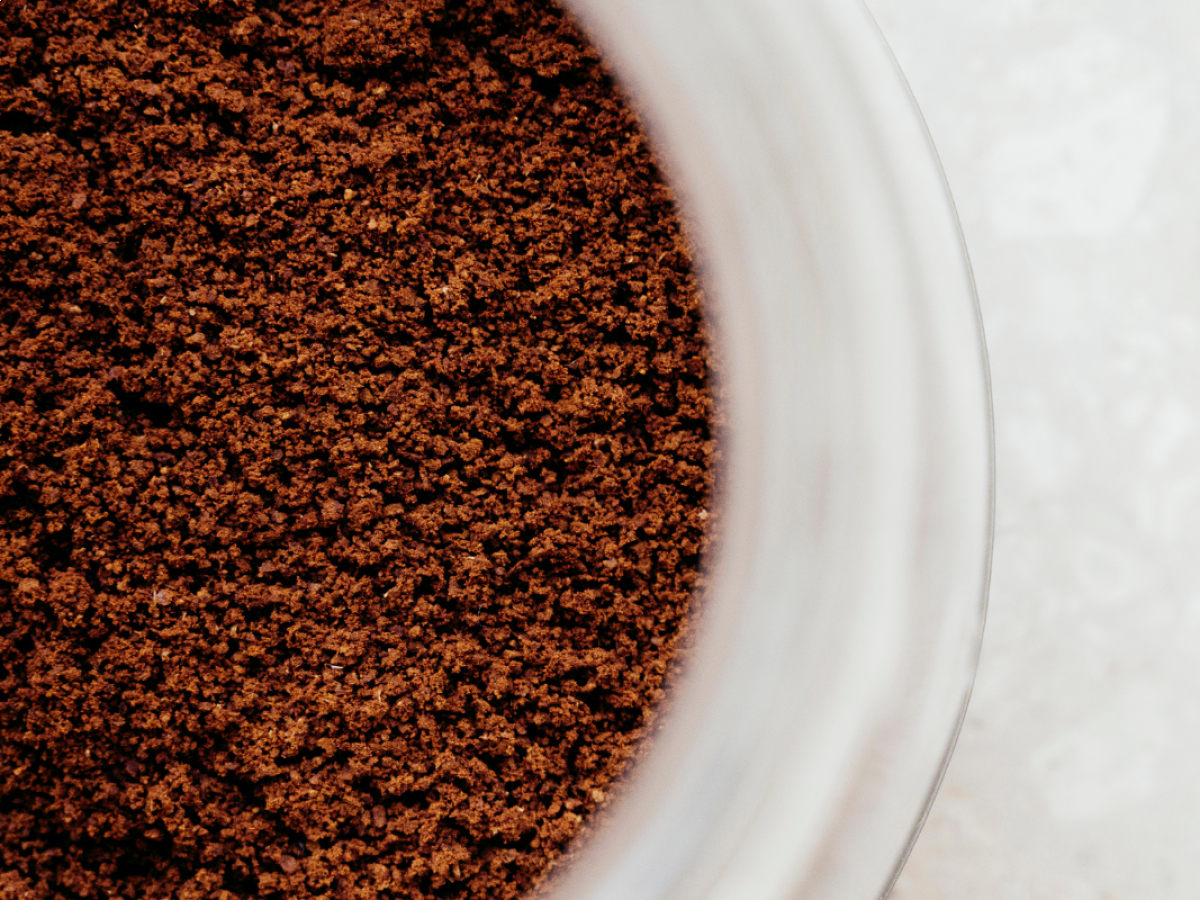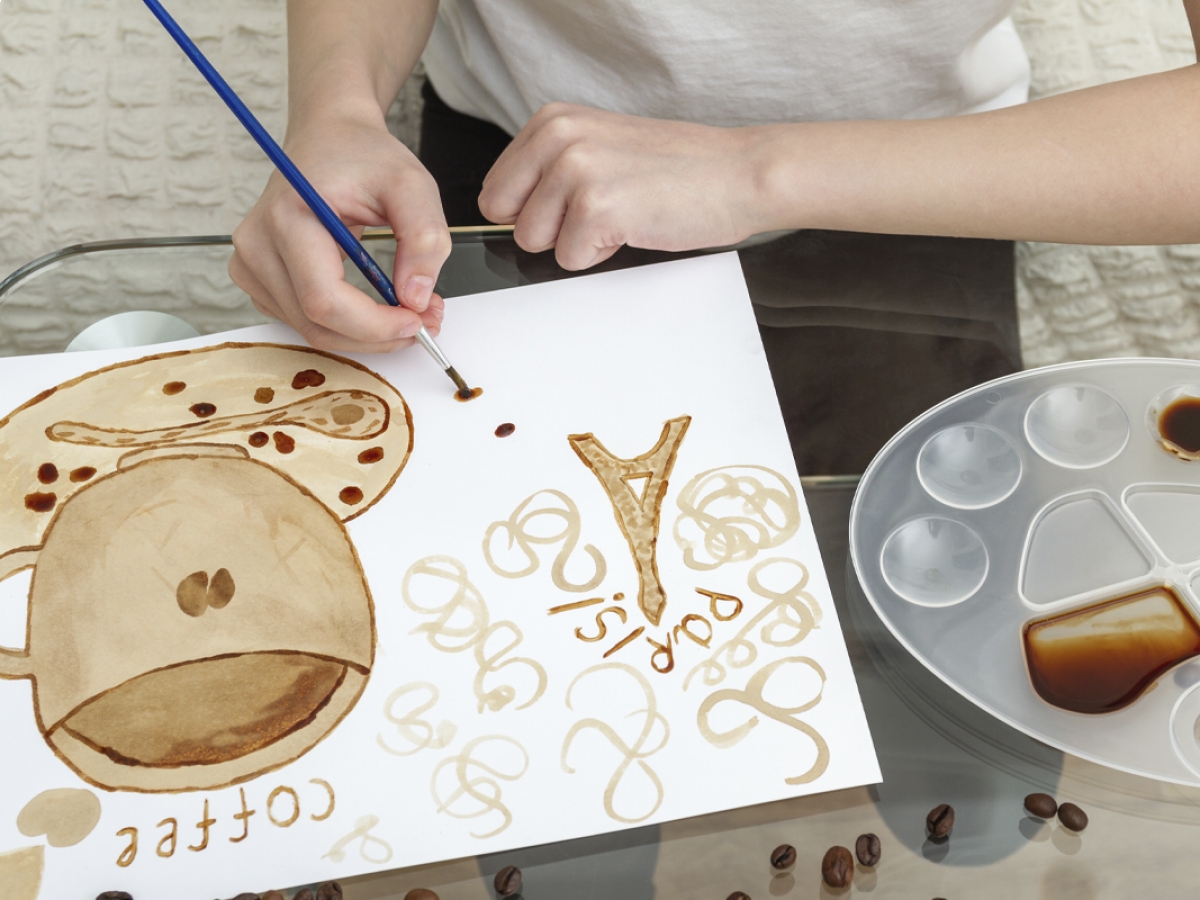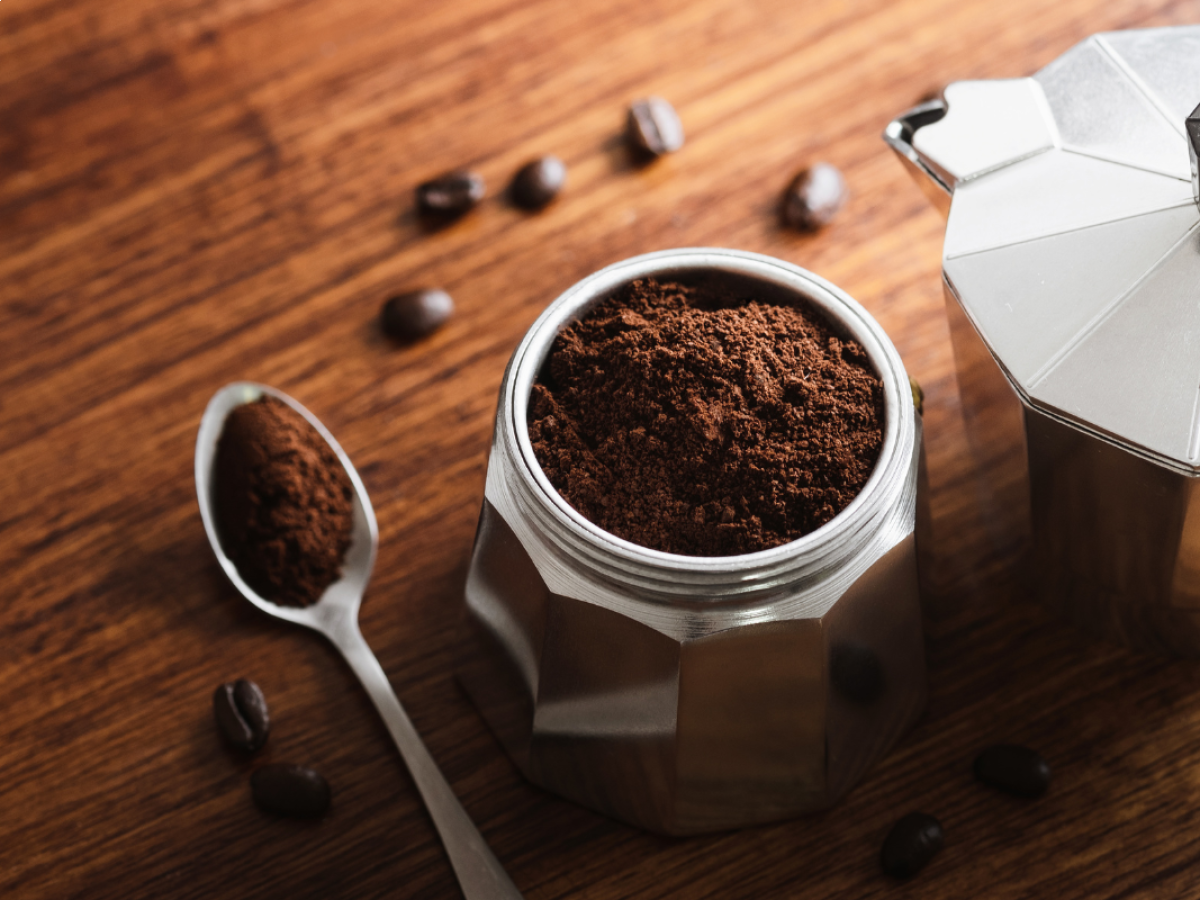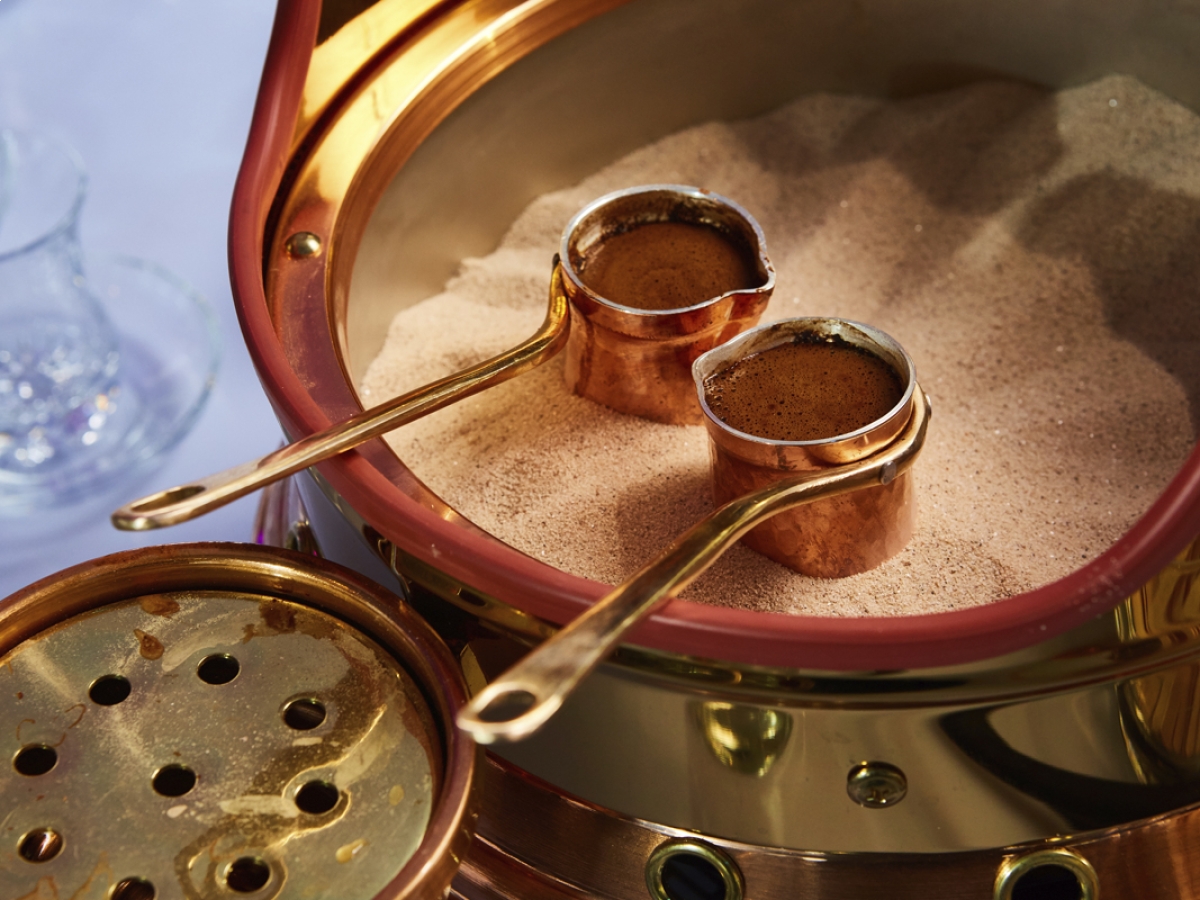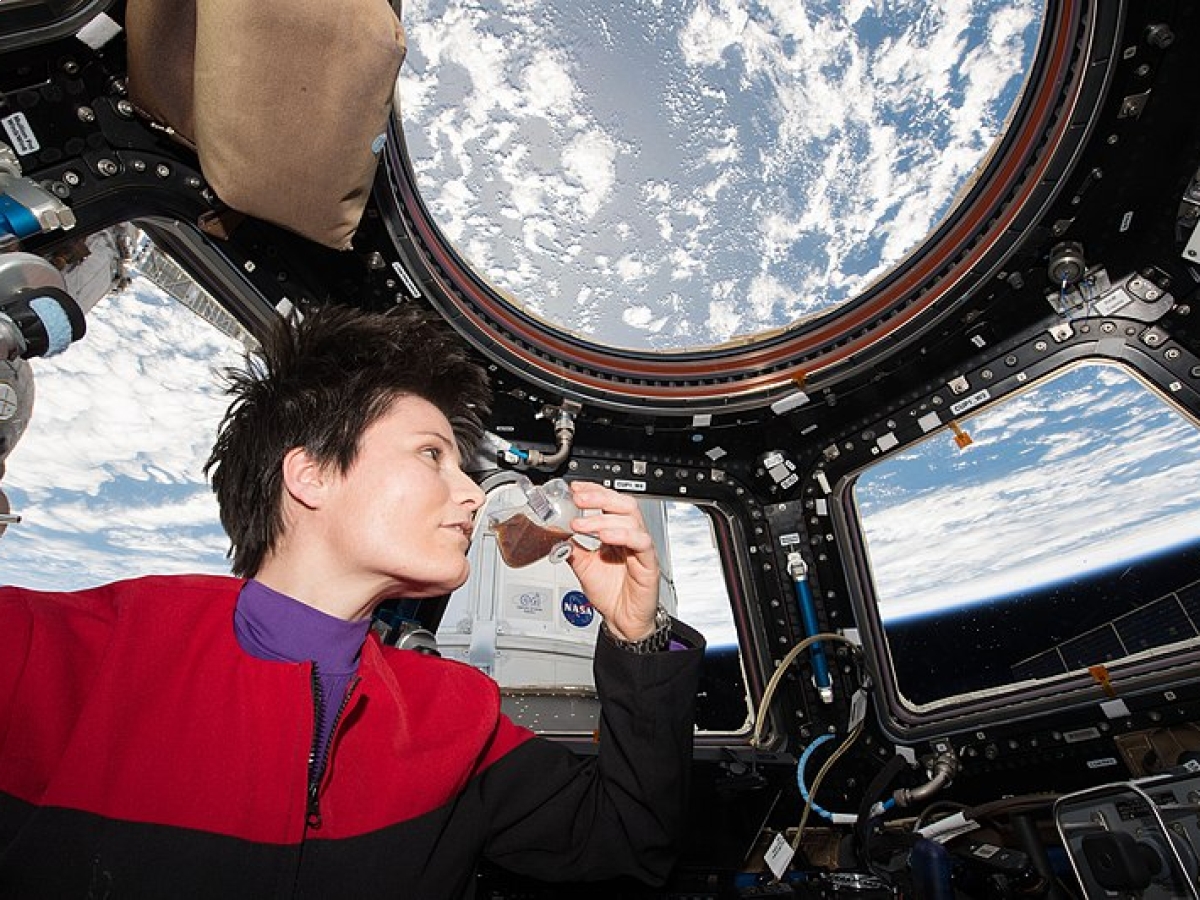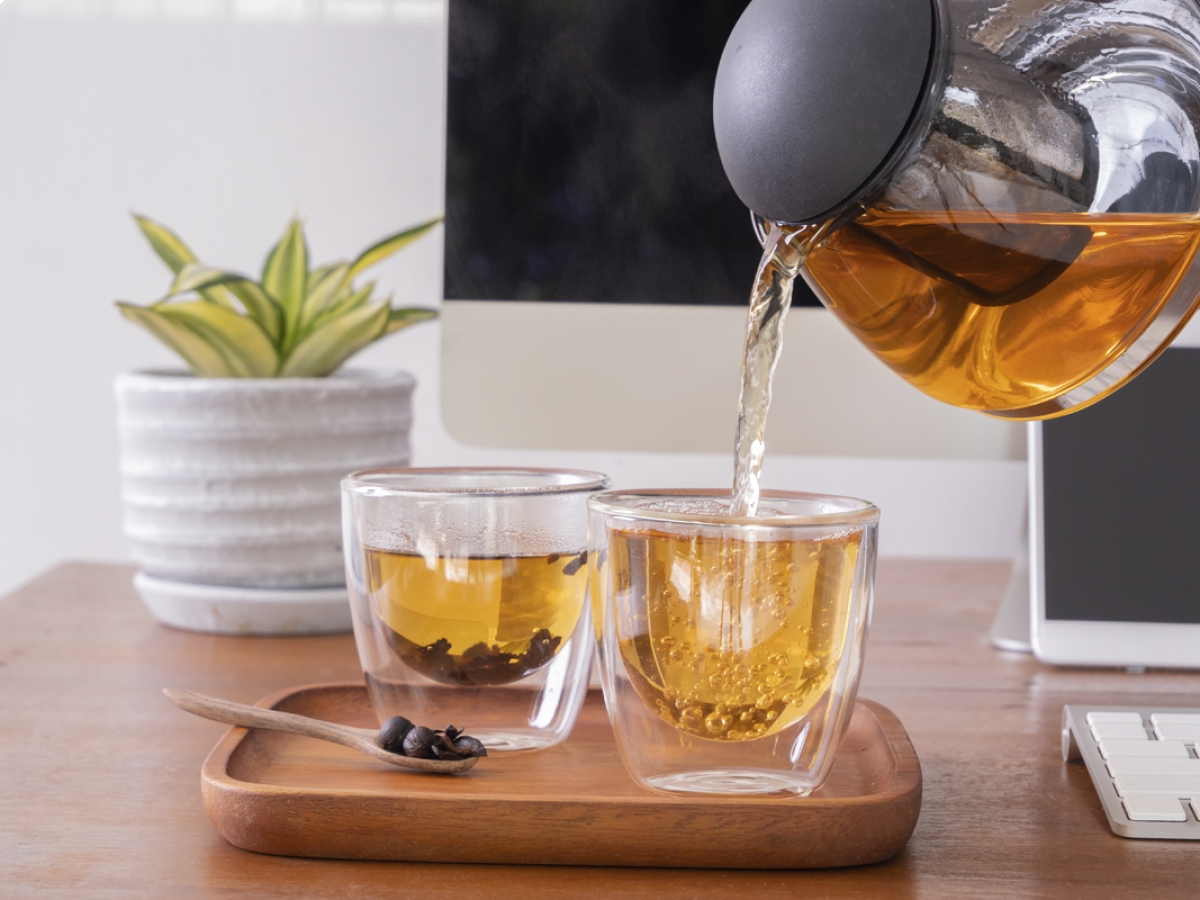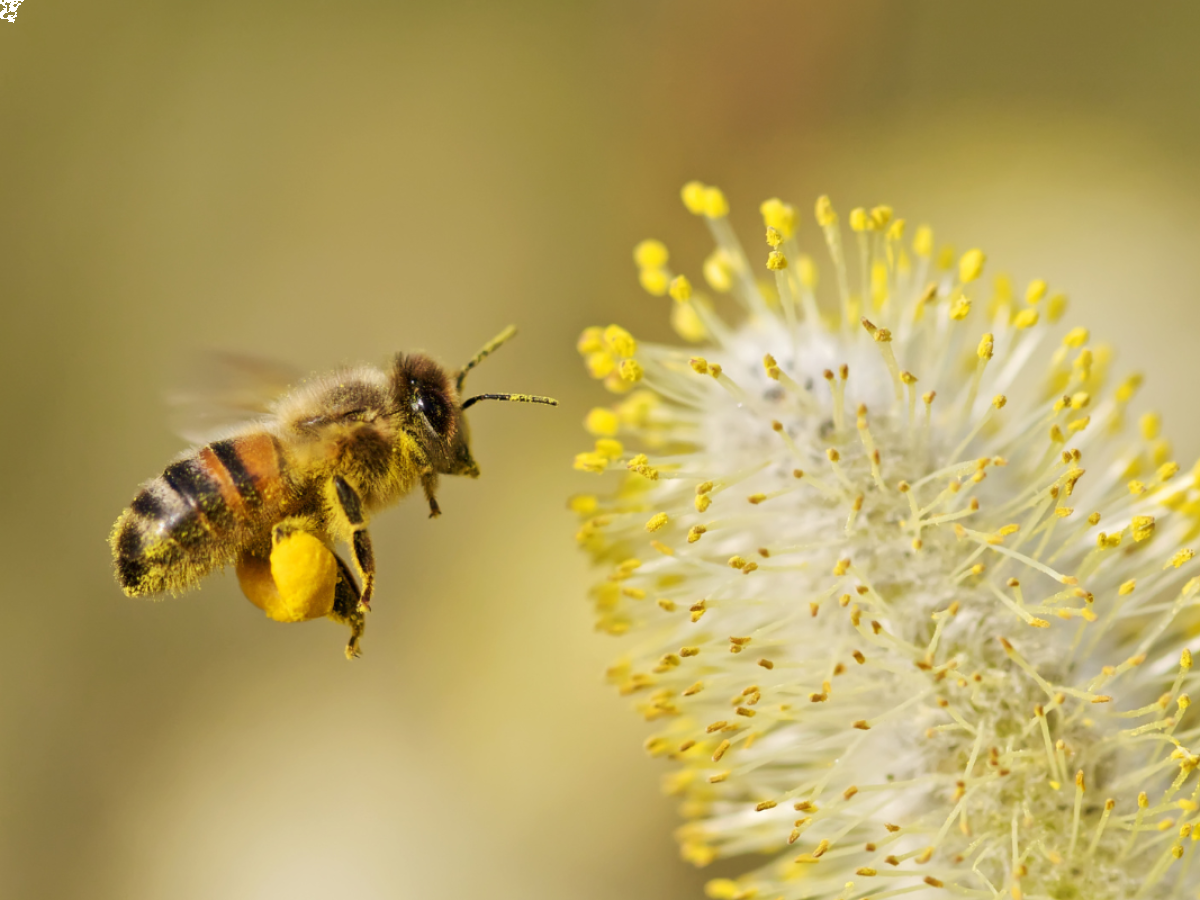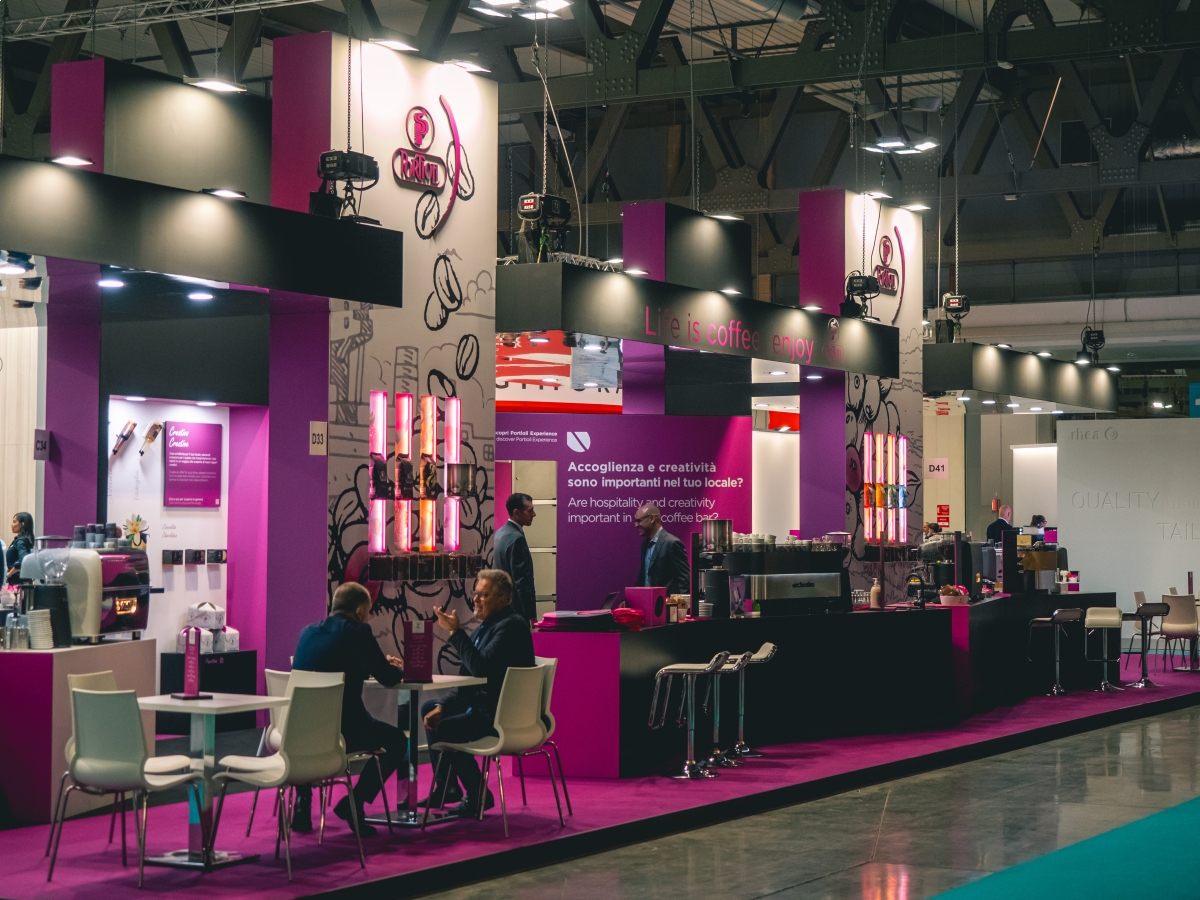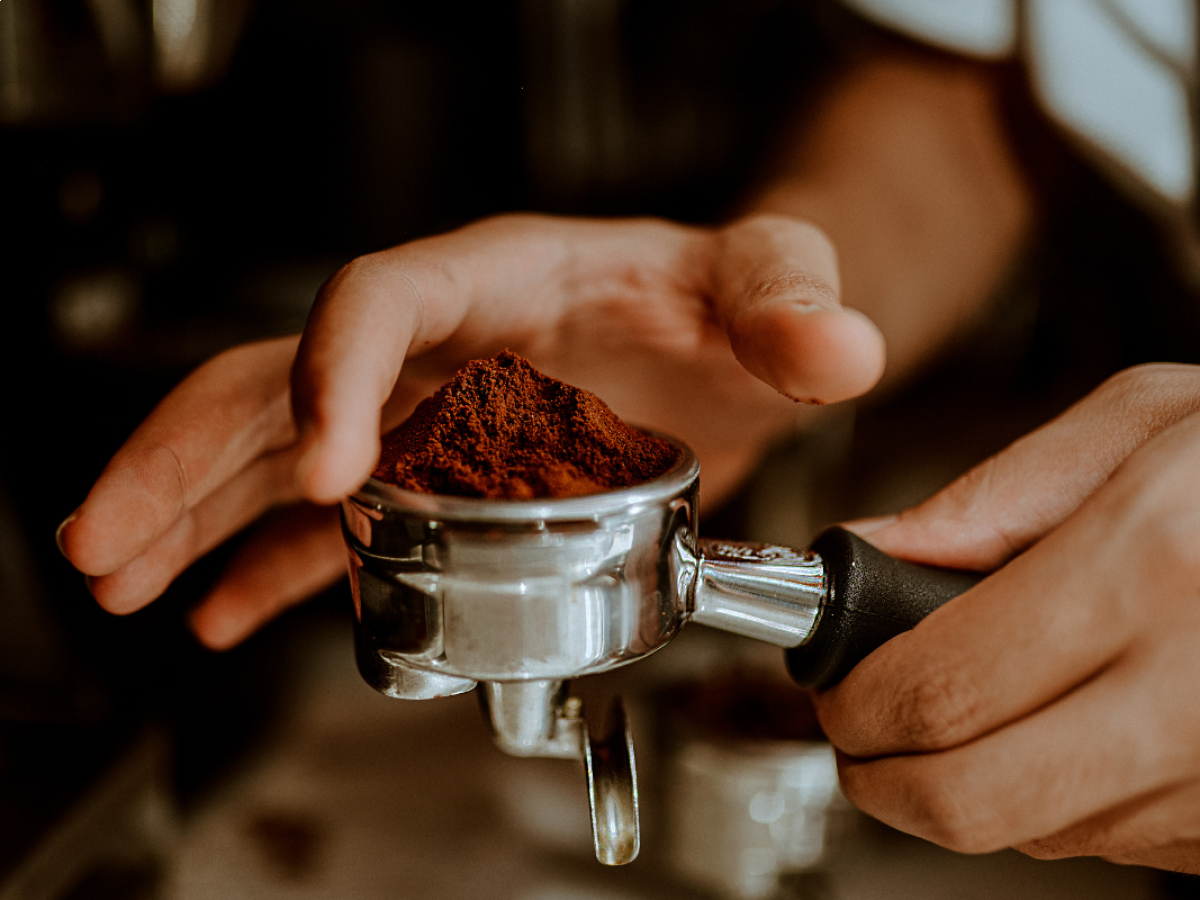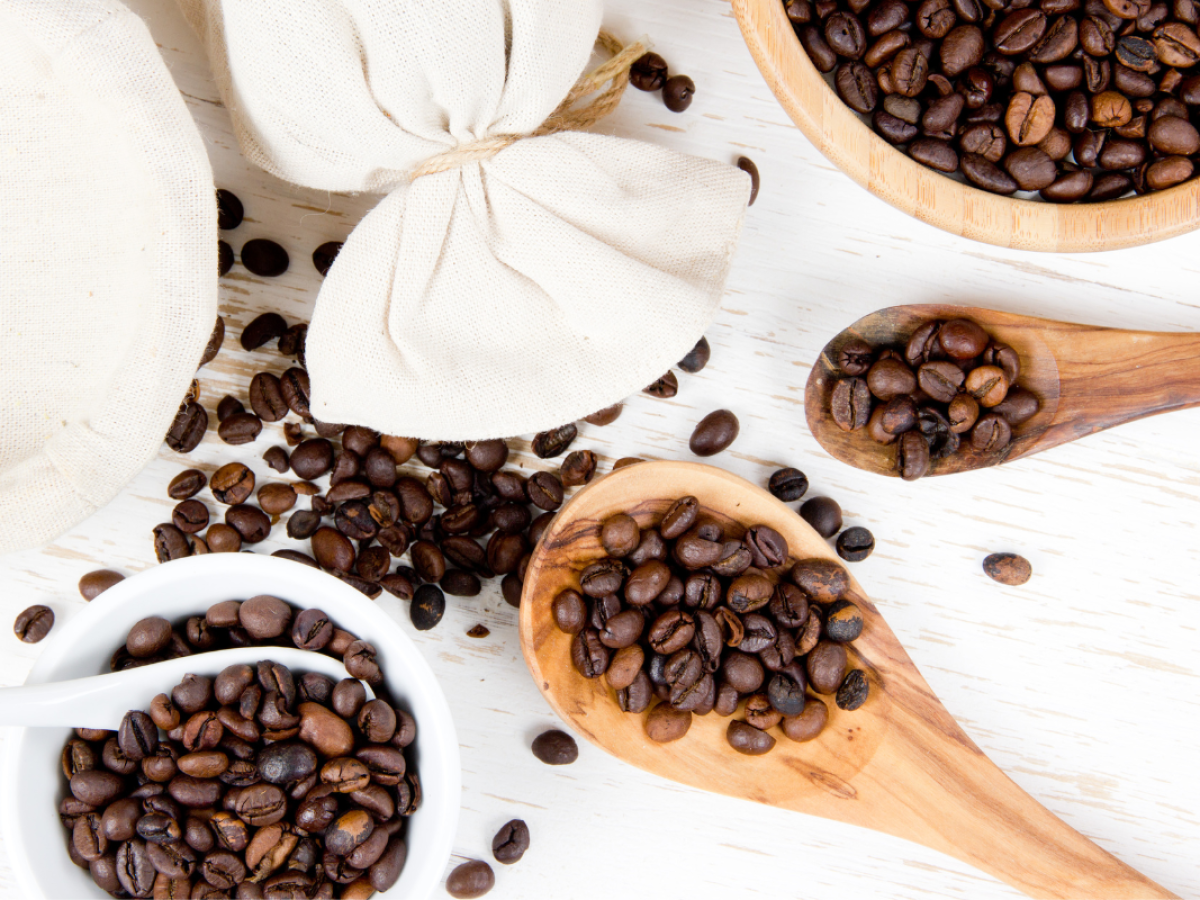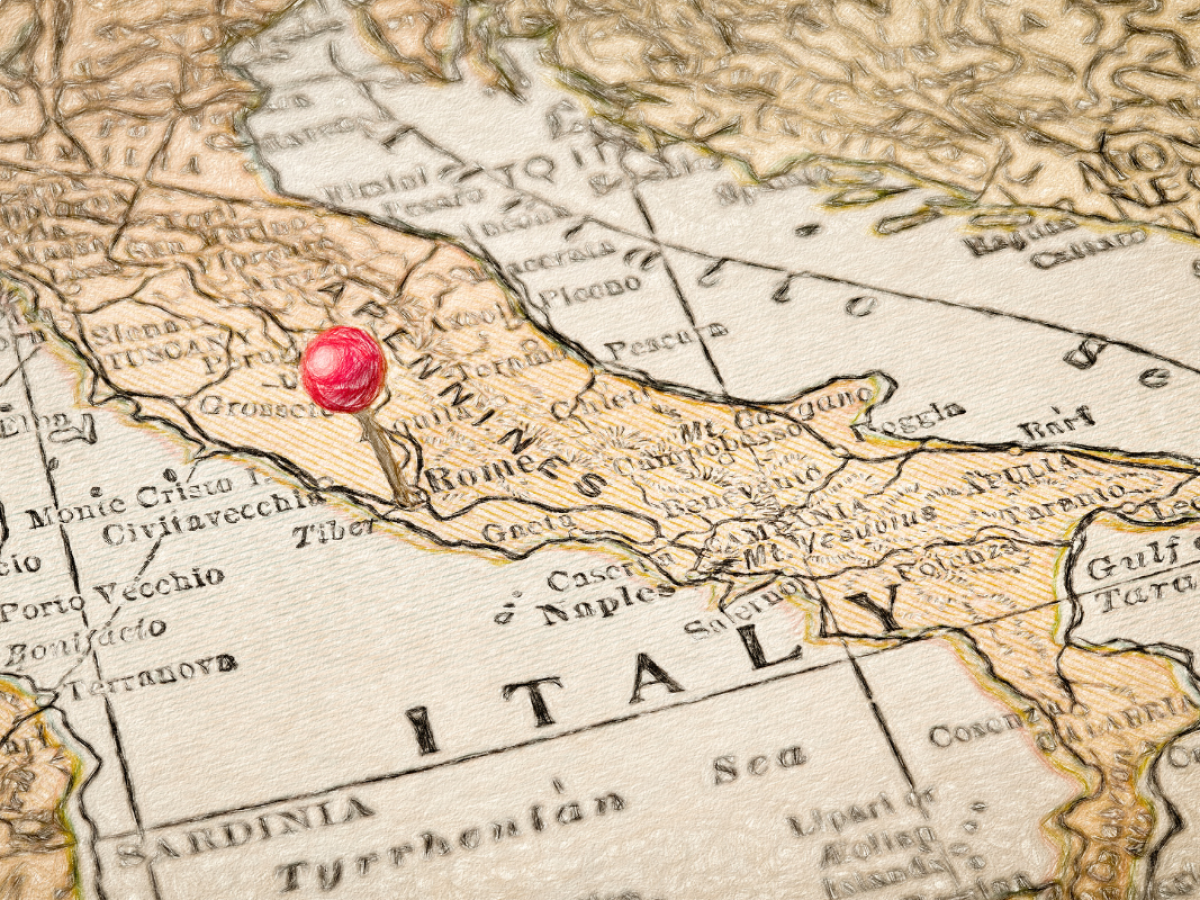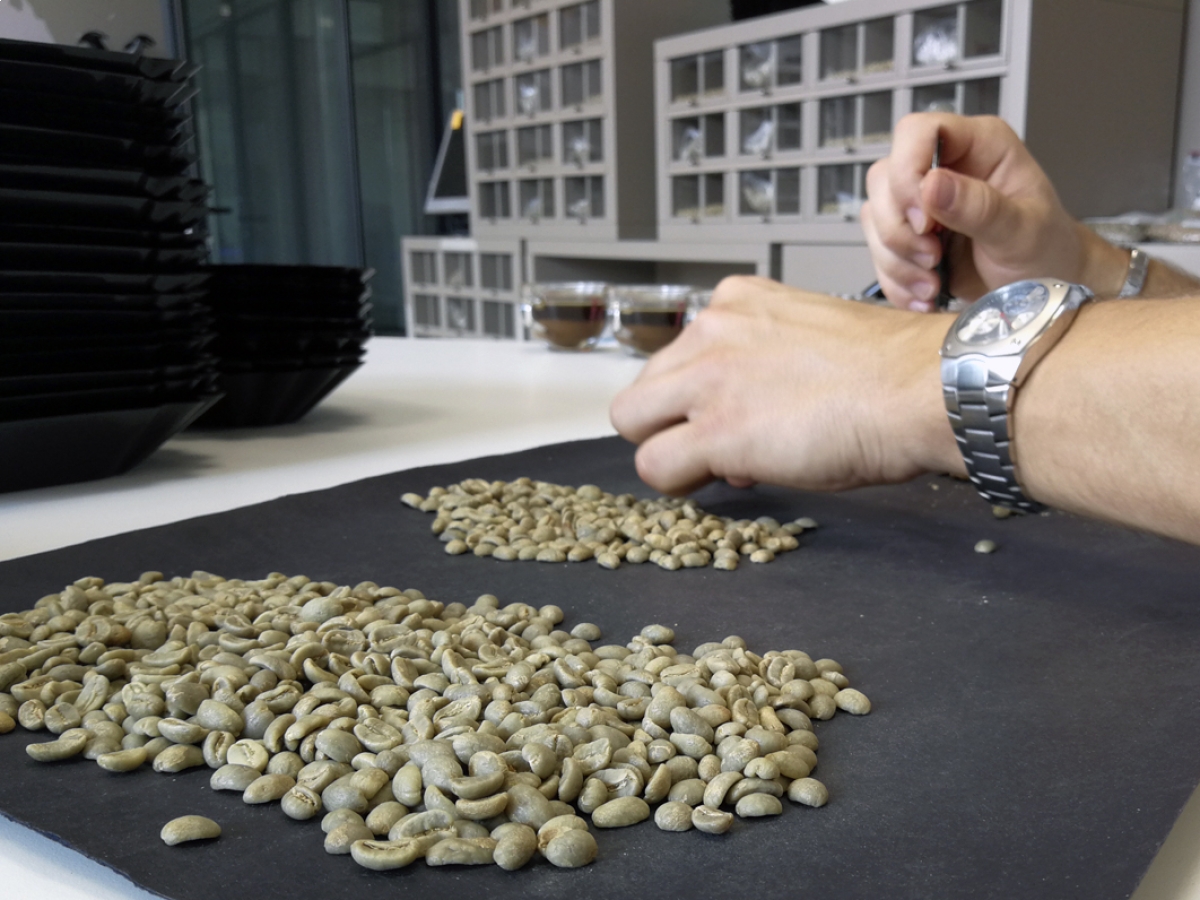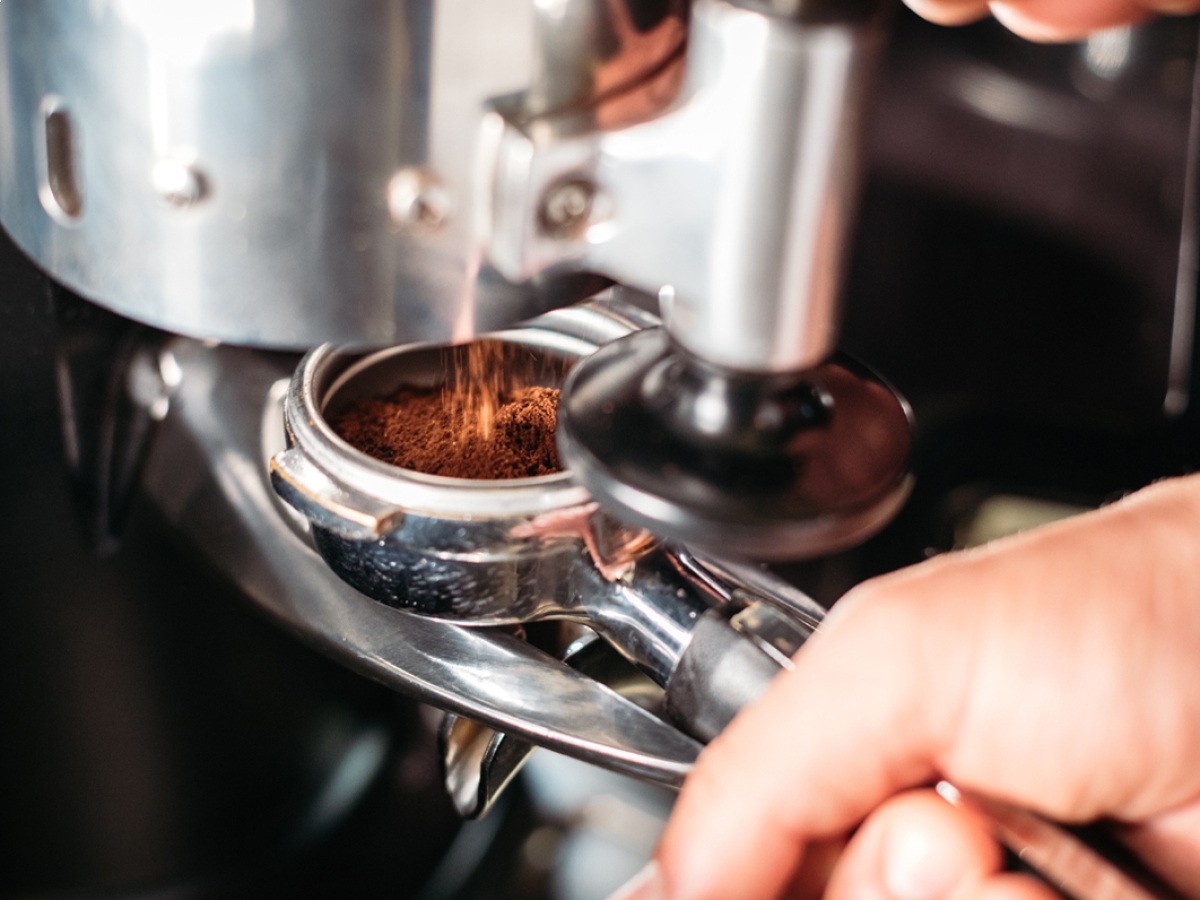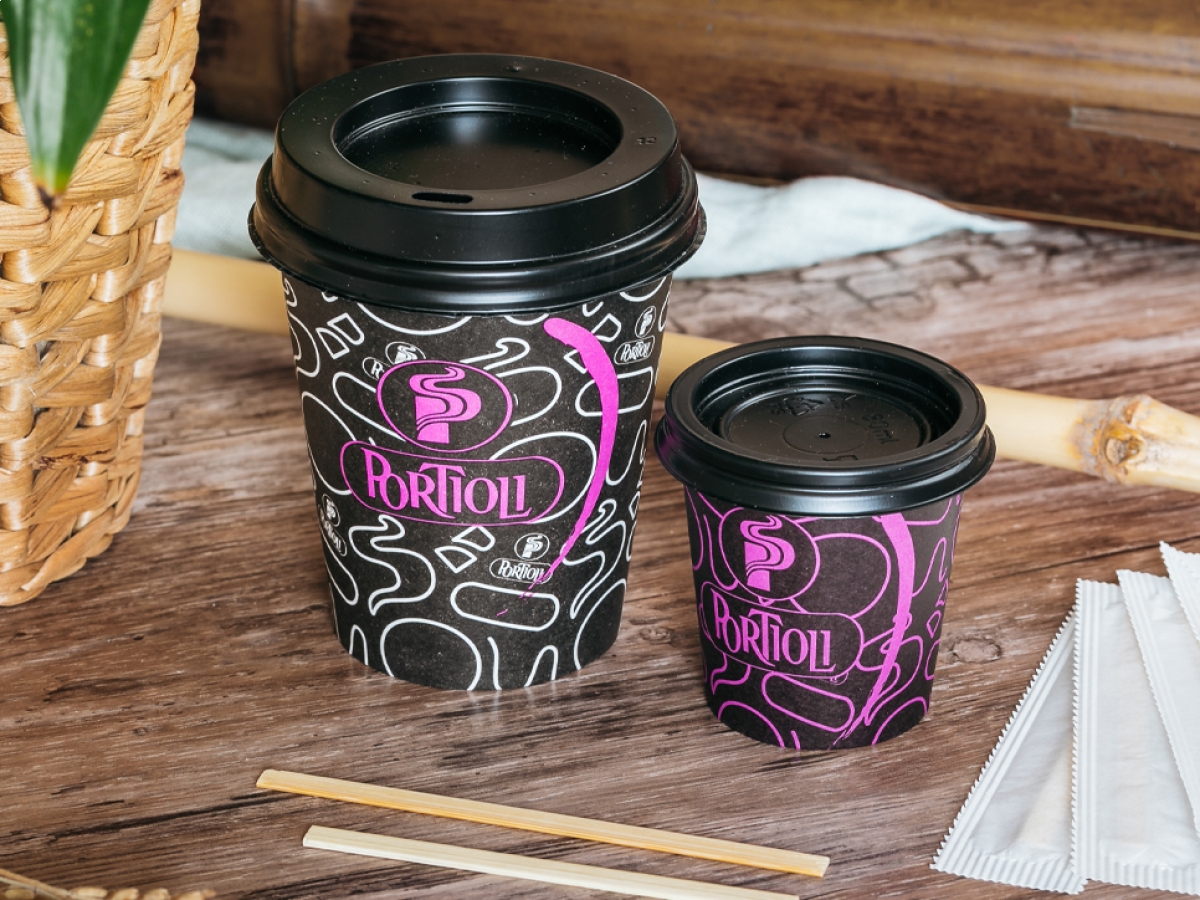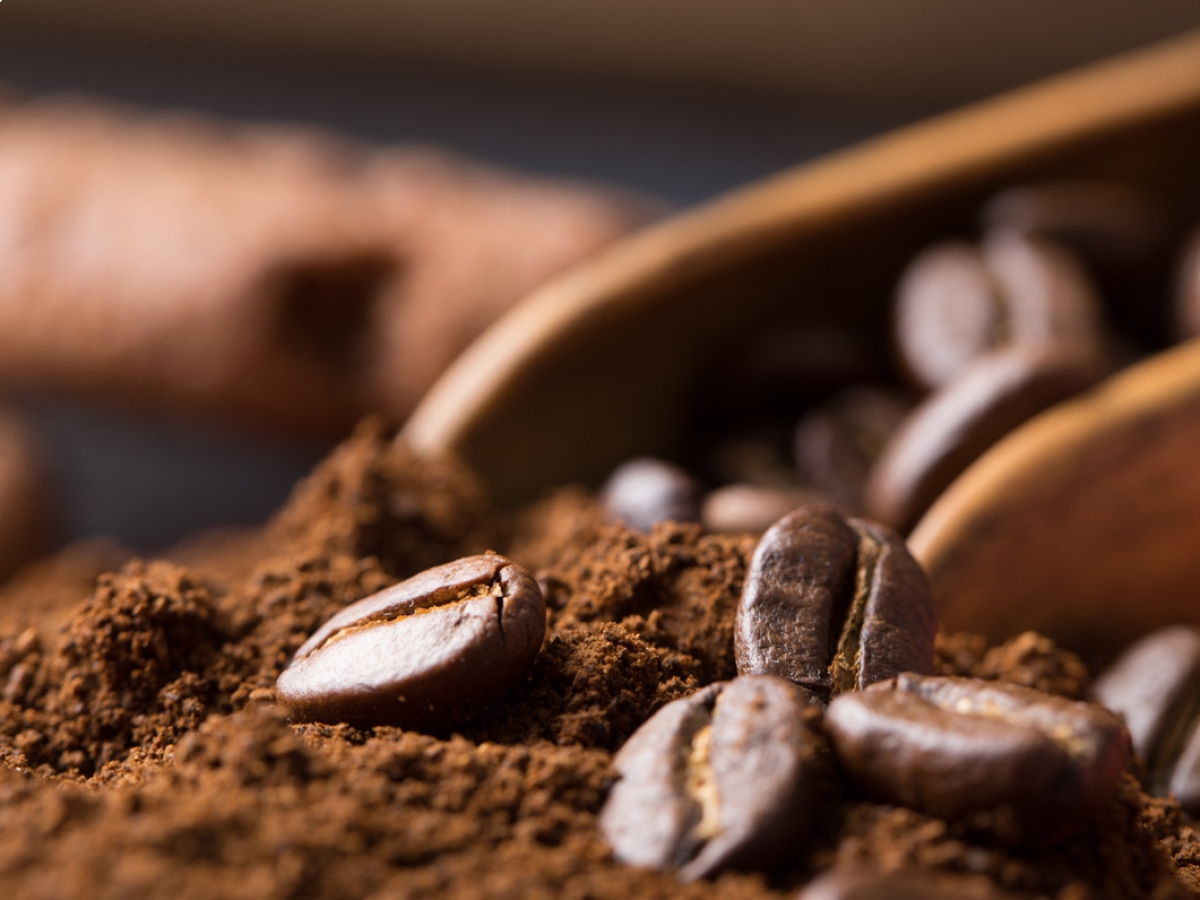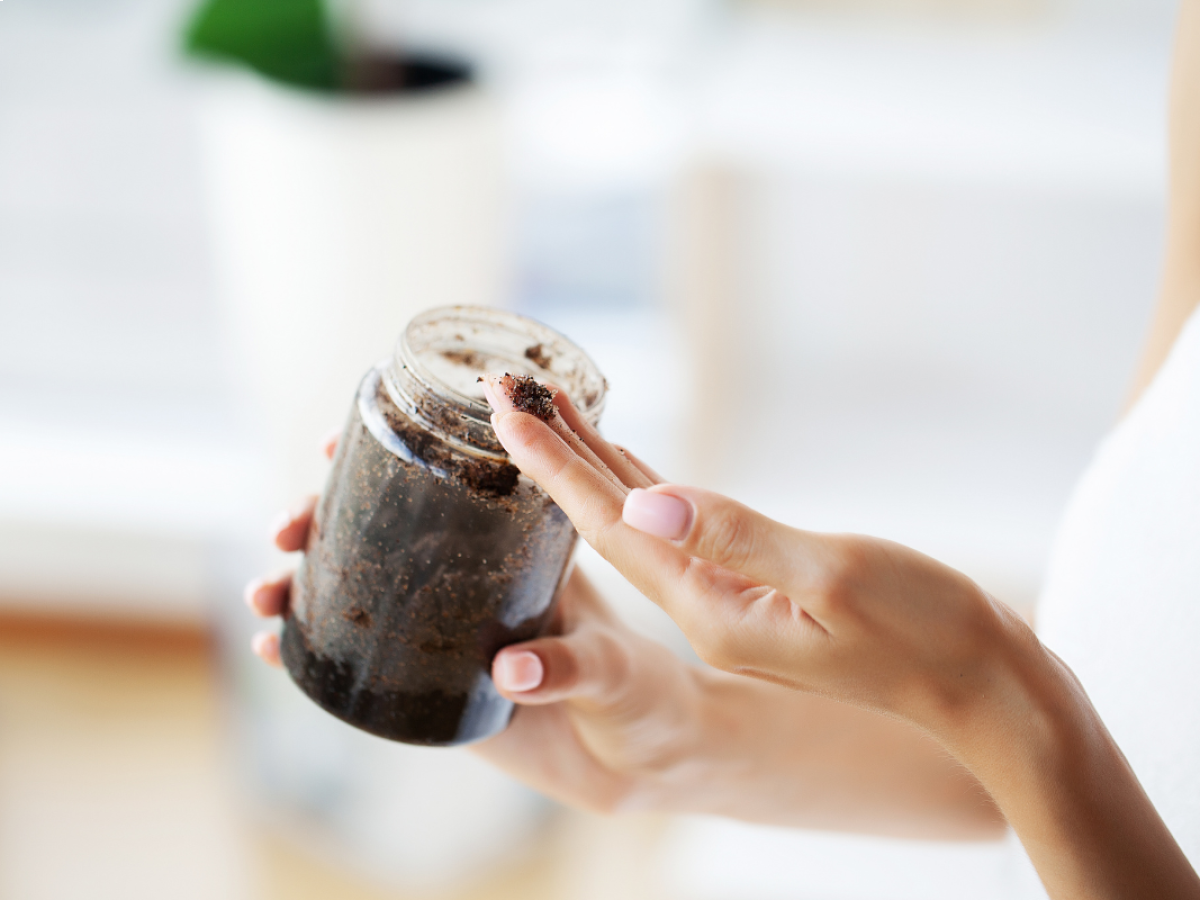
Coffee is one of the most widely consumed beverages worldwide, prized for its aroma and energizing effect. However, in recent years, there has been a widespread idea that coffee consumption may affect the appearance and reduction of cellulite. In this article, we will explore the link between coffee and cellulite, analysing how caffeine acts on our bodies and how to use coffee for an effective beauty routine.
How caffeine affects cellulite
Cellulite is a common condition that mainly affects women, characterized by the presence of fat deposits under the skin that cause the formation of small nodules and typical "orange peel" skin. Many factors can contribute to cellulite, including genetic predisposition, hormones, lifestyle and diet.
Caffeine is an active ingredient that can have effects on cellulite: it has the ability to stimulate metabolism and promote lipolysis, the process by which fat is broken down and converted into energy. In addition, caffeine has diuretic properties, which may help temporarily reduce water retention, a contributing factor to cellulite.
Some scientific studies suggest that topical application of caffeine products may have positive effects on reducing the appearance of cellulite. Caffeine-containing products may promote blood circulation and lymphatic drainage, helping to reduce edema and improve skin texture. However, it is important to note that the effectiveness of these products may vary from person to person and that there are no miracle solutions for cellulite.
How to use coffee for an effective beauty routine
In addition to commercially available caffeine-specific products, coffee can be used in a variety of ways in our beauty routine to take advantage of its potential benefits on the skin.
- Coffee scrub: Ground coffee can be used as the main ingredient to create a do-it-yourself scrub. Its grainy texture helps exfoliate the skin, removing dead skin cells and improving circulation. Mix the coffee with a vegetable oil, such as coconut oil, and gently massage it into the skin while in the shower.
- 2. Coffee "wrap": A coffee wrap can help temporarily reduce cellulite. Mix ground coffee with a little hot water to create a paste and apply it to the affected areas. Treat your skin with plastic wrap and leave on for about 30 minutes. Afterwards, rinse with lukewarm water. Remember that the effects of this treatment are temporary and do not solve the root of the problem.
- Coffee massage: During an anti-cellulite massage, using oils or creams containing caffeine can help stimulate circulation and improve the appearance of the skin. Massage the areas affected by cellulite in gentle, circular motions to help absorb the product.
- Drink coffee in moderation: Finally, remember that coffee consumption is not a permanent solution for cellulite. Drinking coffee in moderation can help boost metabolism and promote diuresis, but it is important to maintain a balanced lifestyle, eat a healthy diet, and exercise regularly to achieve lasting results in the fight against cellulite.
Coffee and caffeine can have effects on cellulite due to their ability to stimulate metabolism and improve circulation. However, it is important to emphasize that cellulite is a multifactorial condition and that coffee alone cannot solve the problem. Using coffee as part of a beauty routine can be useful, but a holistic approach should be taken, taking into consideration other aspects such as diet and physical activity.
Related articles
Portioli Express
Home and office shopping
Experience authentic Italian espresso right at home with our premium blends in a variety of formats.
Go to the shop














